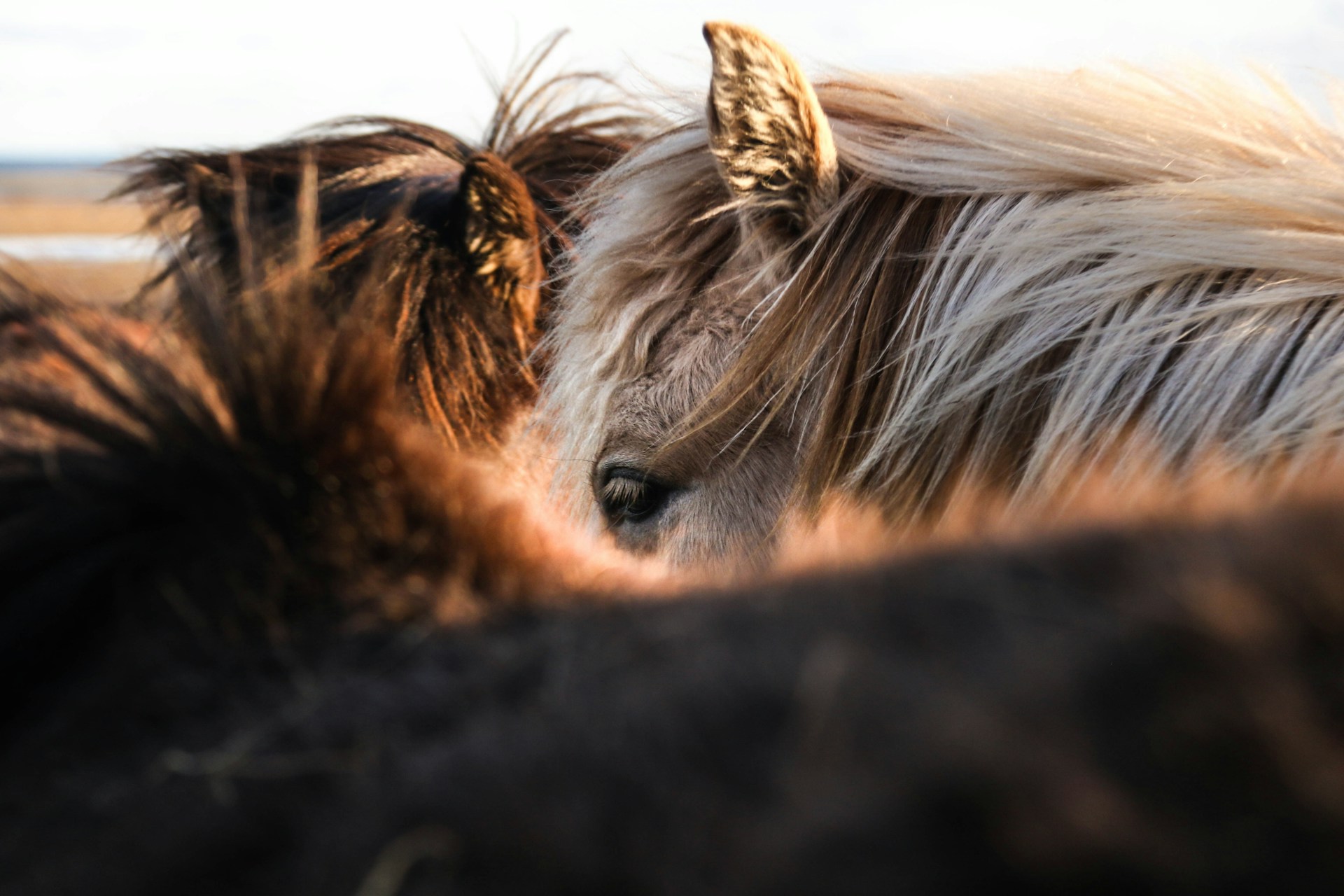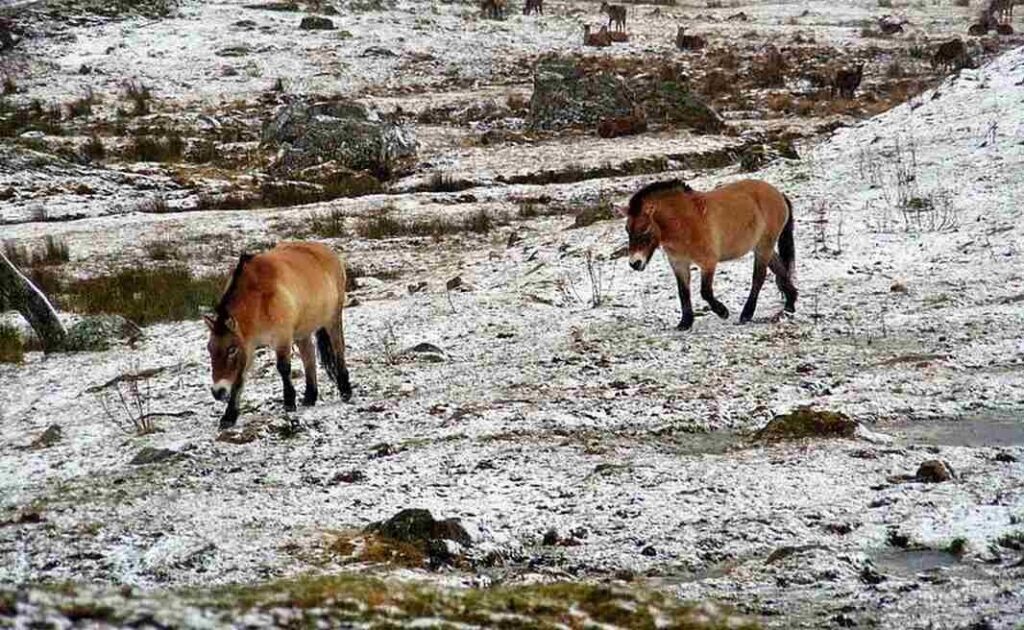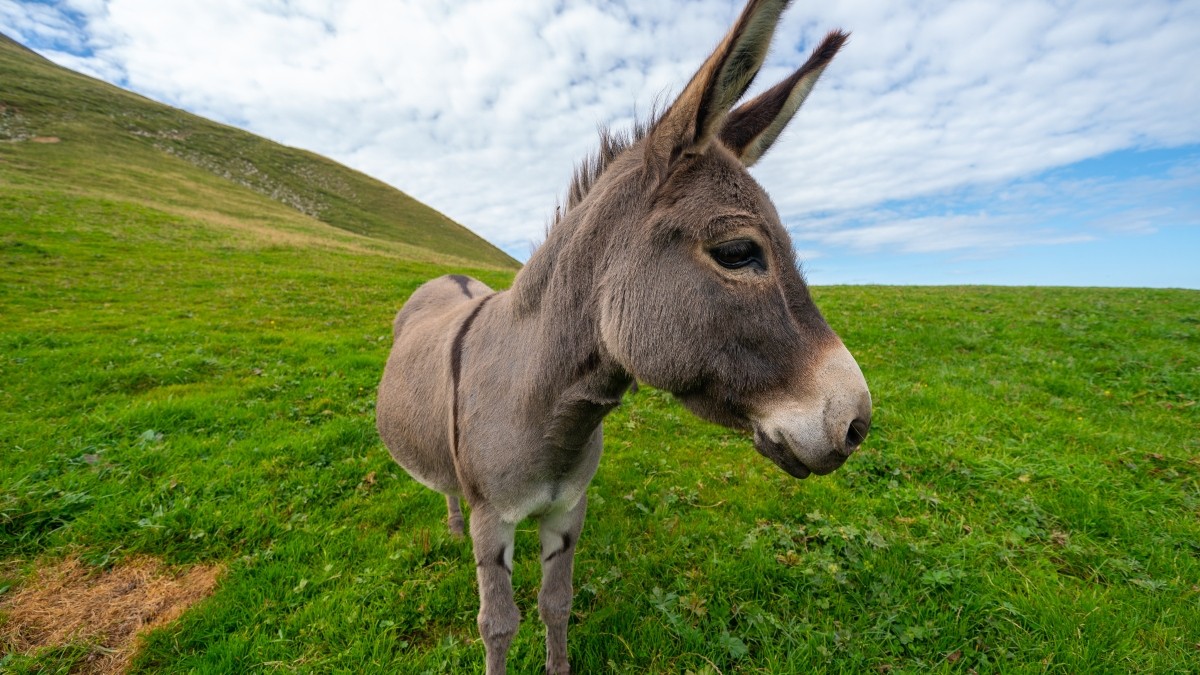Heroes
Country Welcomes 150 Wild Horses for Conservation Triumph

Quick Smiles:
- Kazakhstan receives a major boost with 150 Przewalski’s horses to aid in conservation efforts.
- The initiative aims to protect the species from disease and inbreeding.
- Kazakhstan is a leader in conservation, working to restore various native species.
The vast Kazakh steppes are set to welcome 150 Przewalski’s horses, marking a significant step forward in preserving the last wild horse species.
This initiative follows the successful relocation of seven horses from Berlin and Prague to Kazakhstan. Hungary’s Minister of Agriculture, István Nagy, has confirmed that the country will send these horses to Kazakhstan to enhance their protection against disease and inbreeding.
The history of horse domestication began around 6,000 years ago on the Eurasian Steppe, with Kazakhstan playing a central role. This monumental event altered history, especially for the early inhabitants of Kazakhstan who utilized horses for travel, trade, and conquest.
Despite the passage of time, Przewalski’s horse remains a unique survivor, maintaining its distinct lineage. This rarity adds to the excitement surrounding its reintroduction.
Kazakhstan is emerging as a leader in conservation among low and middle-income nations. The country is actively restoring its ungulate populations, including the saiga antelope, Bukhara deer, and Przewalski’s horse.
In a bold move, Kazakhstan also plans to reintroduce tigers by welcoming a related subspecies of the extinct local “Turanian” tiger. In 2023, two tigers arrived from the Netherlands, with five more expected from Russia.
The initial group of Przewalski’s horses was placed in the Altyn Dala Reserve in the Kostanay region. The upcoming 150 horses will be distributed across Kazakhstan, enhancing their chances of survival.
Hungary, located at the western edge of the Eurasian steppe, shares historical ties with the grasslands. As such, it is fitting that Hungary offers this opportunity to restore the wild horse to its native habitat.
This collaboration between Hungary and Kazakhstan highlights a shared commitment to preserving a pivotal symbol of the steppe’s rich heritage.


-

 Cute Animals2 years ago
Cute Animals2 years agoPuppy Love Patrol: Service Dog Swoons Over K9 Officer Neighbor
-

 Cute Animals2 years ago
Cute Animals2 years agoHugs, Hooves, and Happiness: Newborn Donkey Steals Hearts by Demanding Affection [Video]
-

 Cute Animals2 years ago
Cute Animals2 years agoWATCH: A German Shepherd’s Surprising Parenting Instinct for Lost Ducklings!
-

 Cute Animals2 years ago
Cute Animals2 years agoPetty Pup Pulls Off Hilarious Bone Heist [Video]
-

 Heroes2 years ago
Heroes2 years agoA Lost Dog’s Bark Leads to a Lifesaving Discovery
-

 Cute Animals2 years ago
Cute Animals2 years ago“Pure Love”: Adopted Rescue Dog Can’t Hide How Grateful He Is [Video]
-

 Cute Animals2 years ago
Cute Animals2 years agoTiny but Mighty: Cat with Dwarfism Becomes Internet Star as Owners Adapt Backyard for Her Comfort
-

 Cute Animals2 years ago
Cute Animals2 years agoAdorable Puppy Steals Hearts After a Tiring Swim [Video]